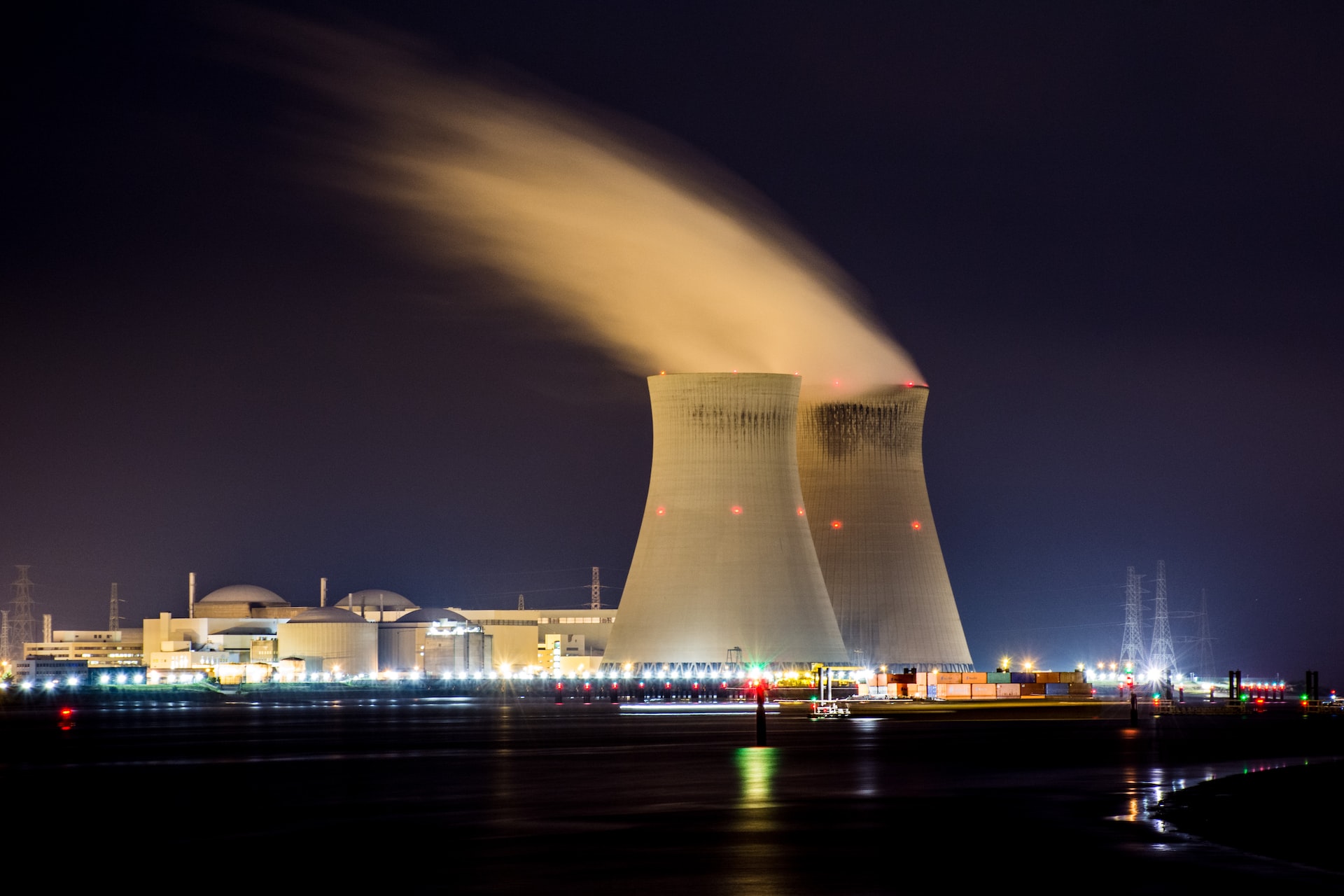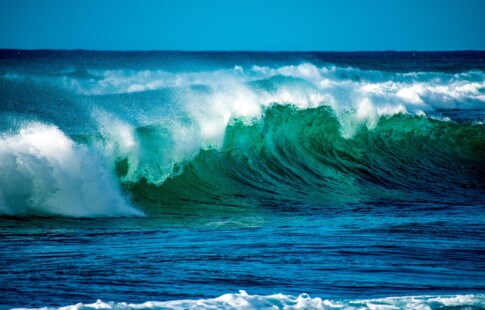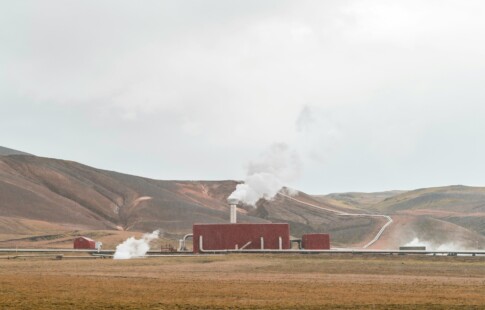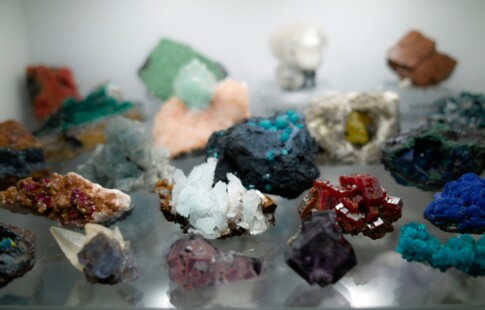
Is Nuclear Energy Renewable? Benefits of This Power Source
We are reader-supported. When you buy through links on our site, we may earn affiliate commission.
Around the world, people are searching for a sustainable answer to providing power for everyone. Solar and wind power are perhaps two of the most commonly discussed renewable energy sources, but there are questions about their green qualities. Many people want a zero-waste and zero-emission solution the Earth will never run out of. There might be a potential emerging answer — nuclear. But is nuclear energy renewable?
Though it’s perhaps a bit more volatile than wind and solar, nuclear energy provides a solution that doesn’t revolve around erratic weather patterns. It could be just what the world is looking for. Here is a look at the benefits of nuclear, why it might be the choice response for a desperate planet and an answer to the question, “Is nuclear energy renewable?”.
Why Nuclear Energy Is Exciting
Despite its name sounding a little scary, nuclear power is the second-largest source of low-carbon energy worldwide, just behind hydropower. The process of creating electricity this way is by fission — or splitting uranium atoms — which means it produces no emissions. Because of nuclear energy, the United States was able to stop over 470 million metric tons of greenhouse gas emissions from going into the atmosphere in 2020. That’s a significant boon in the fight to reduce carbon dioxide.
It also helps improve the environment. According to the Office of Nuclear Energy, this power source cleans the air by eliminating tons — literally, not figuratively — of toxins. These pollutants could go on to cause lung cancer, heart disease, acid rain and smog. Additionally, a 1,000-megawatt nuclear plant would need just one square mile for operations — a wind farm would need 360 times that amount and a solar farm would need 75. Nuclear facilities help conserve precious land that helps ecosystems thrive.
Nuclear energy is also extremely low waste. One 1-inch uranium pellet is worth the same amount of power one ton of coal or 120 gallons of oil could produce. Also, the number of pellets the U.S. has used over the last 60 years could fit on a football field and the pile would only be around 10 yards tall. These pellets are also recyclable and newer plant designs are working on operating with used fuel.
All in all, generating electricity with nuclear power could be highly beneficial for the future. It produces no emissions, has a minimal environmental impact and is low-waste because of its density. Because of these advantages, it could be an excellent alternative to other renewable energy sources, such as solar and wind energy.
Is Nuclear Energy Renewable?
Technically speaking, the answer is no. But science is currently working on plenty of solutions.
Because this power source uses an incredibly old material, it could eventually run out. The solar system’s uranium formed about 6.6 billion years ago, meaning it’s not likely it will replenish in any Earthly person’s lifetime. However, it also decays incredibly slowly, so there’s no reason to worry about any mined uranium going to waste.
So, nuclear energy is not renewable. Once miners dig up all of the land’s supply of uranium, there won’t be any more for a very long time. But the power it currently produces is enough to sustain humanity for over four billion years — suffice to say, that’s probably more than the species needs. Uranium is an incredibly abundant element here on Earth despite it being finite.
Not to mention, those uranium pellets are recyclable. Unlike wind turbines and solar panels — which often turn into something that doesn’t produce electricity through recycling — nuclear power can still make energy. As much as 96% of used fuel in nuclear plants can go on to create more electricity. One organization currently powers 44 reactors with recycled fuel.
There’s also plenty of uranium in the water when the land supply runs out. It hasn’t been economically feasible yet to retrieve it because it occurs in rather small concentrations. However, researchers at the Indian Institute of Science Education and Research have developed a gel that pulls 95% of uranium out of seawater. This is a crucial development when there are around four billion tons of this element in the ocean.
Potential Pitfalls of Wind and Solar
One major point naysayers of solar and wind energy commonly use is these two energy sources are only functional in sunny or windy conditions. While this is true, it doesn’t consider electricity storage. Homeowners and grid operators can utilize batteries to account for when a cloud passes overhead or a storm minimizes availability. However, there may be a problem when a stretch of cloudy days prevents solar panels from generating power.
The same is true for wind energy. Many companies are looking to develop storage solutions for wind turbines, with one testing a method of storing the power in underwater batteries. Their creation can also last up to one million charges — lithium-ion batteries typically take about 5,000 to 10,000 refuels.
But these solutions create one thing the world does not need more of — waste. There isn’t yet a solution for recycling those batteries when they start to fail, though scientists are working on developing a circular-life model for them. Wind turbine blades have an average life span of 20 years and are made of fiberglass, which is difficult to recycle.
Solar panels also start to degrade after about 25 years. While they won’t immediately go offline, they will produce less energy than they once did. There is not yet a plan to recycle outdated panels, which is a significant problem. Many will end up in landfills if there is no response. Additionally, solar panels contain lead, which brings up new issues if they break down in the water.
Wind and solar power are ideal solutions, but they aren’t perfect. They may become more efficient and recyclable as time goes on, but for the moment, they can create many more issues than intended.
Nuclear Energy — An Imperfectly Perfect Solution
While nuclear energy is not renewable, it could still be an answer to the current scramble for low-emission power. It can create enough electricity to last humanity until the Sun burns out and it’s currently heavily abundant. While scientists develop more answers to Earth’s climate crisis, nuclear energy could be part of the solution.
Share on
Like what you read? Join other Environment.co readers!
Get the latest updates on our planet by subscribing to the Environment.co newsletter!
About the author

Steve Russell
Steve is the Managing Editor of Environment.co and regularly contributes articles related to wildlife, biodiversity, and recycling. His passions include wildlife photography and bird watching.





